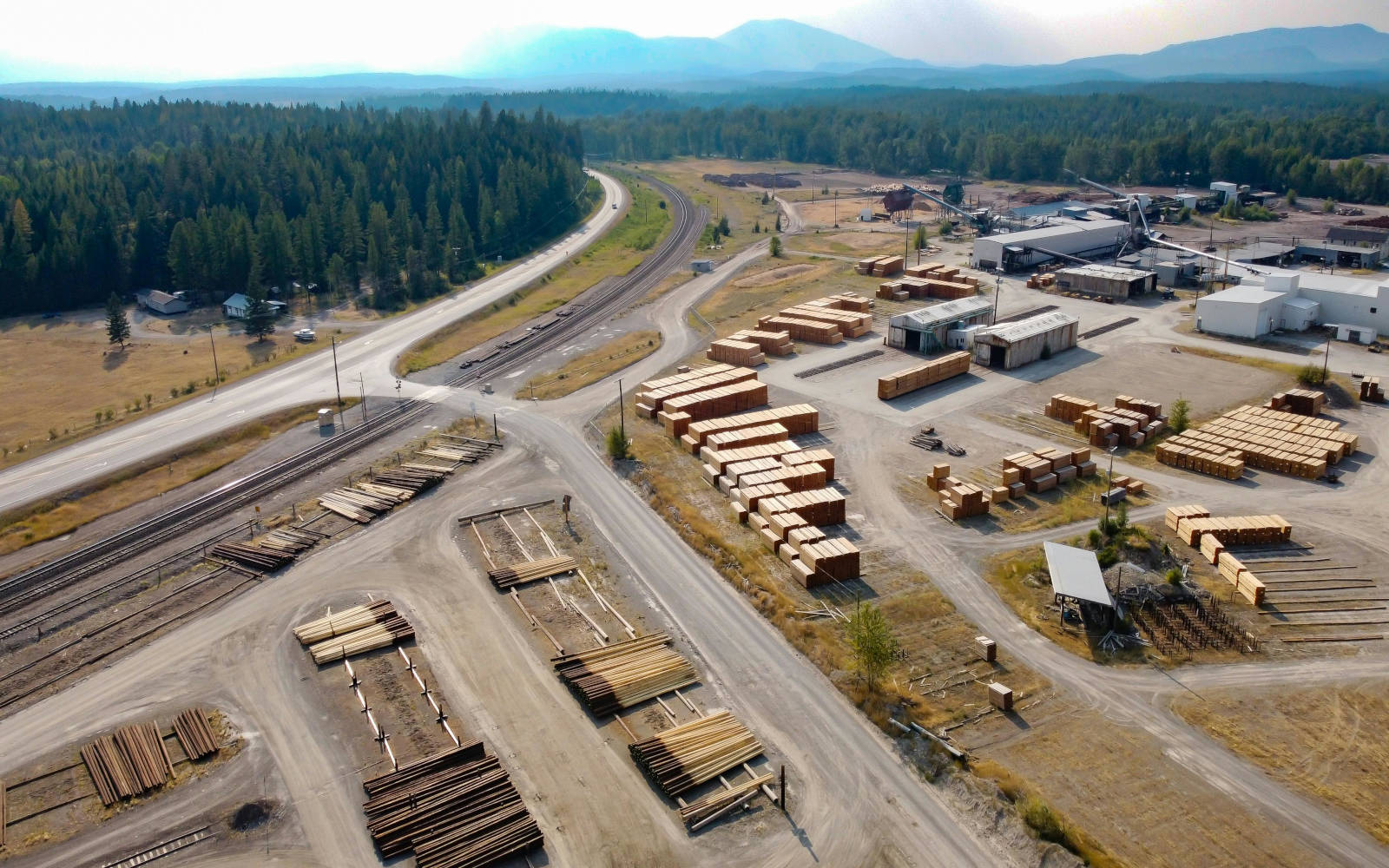The wood, paper, and pulp processing industry is crucial for producing a variety of everyday products. However, it also involves handling several hazardous gases that pose significant risks to health and safety. Effective gas detection and monitoring are essential to ensure a safe working environment and compliance with safety regulations.
This article explores the common gases found in this industry, their uses, associated risks, advanced gas detection technologies, and best practices for maintaining safety.
Common Gases in Wood, Paper, and Pulp Processing
- Hydrogen Sulfide (H₂S): A byproduct of the pulping process, especially in the Kraft process, H₂S is highly toxic and can cause respiratory distress and even death at high concentrations. It is released during the breakdown of lignin in digesters and recovery boilers.
- Chlorine (Cl₂) and Chlorine Dioxide (ClO₂): These gases are used in the bleaching process to remove lignin and whiten the pulp. Both are highly reactive and can form harmful byproducts. Exposure to these gases can cause severe respiratory and eye irritation.
- Sulfur Dioxide (SO₂): Utilized in pulp washing and bleaching processes, SO₂ can cause respiratory issues and contribute to environmental pollution.
- Ammonia (NH₃): Used in some pulping processes and as a dispersant in paper coatings, ammonia is corrosive and can irritate the skin, eyes, and respiratory system.
- Oxygen (O₂): Oxygen is a part of delignification and oxidation processes to enhance bleaching efficiency and reduce environmental impact. Improper handling can lead to oxygen-enriched atmospheres, increasing the risk of fires.
Risks and Safety Concerns
Exposure to these gases can lead to severe health issues, including respiratory problems, chemical burns, and long-term health effects. H₂S, for instance, can be deadly even at low concentrations. Chlorine and chlorine dioxide can cause severe irritation and lung damage. Additionally, these gases can contribute to significant environmental pollution.
Advanced Gas Detection Technologies
To manage these risks, various advanced gas detection technologies are employed in the industry:
- Fixed Gas Detectors: These detectors provide continuous monitoring in critical areas such as digesters, bleaching units, and recovery boilers. They offer real-time alerts and are essential for early detection of gas leaks.
- Portable Gas Detectors: These are used by workers to monitor gas levels in real-time, especially in confined spaces or during maintenance activities. Portable detectors are crucial for personal safety and can detect multiple gases simultaneously.
- Multi-Gas Detectors: These detectors are capable of monitoring various gases, offering comprehensive coverage in environments where multiple hazardous gases may be present.
Best Practices and Safety Protocols
- Regular Calibration and Maintenance: Ensuring that gas detectors are regularly calibrated and maintained is vital for accurate readings and reliable operation.
- Strategic Placement of Detectors: Positioning detectors in high-risk areas helps ensure early detection of gas leaks, enabling quick response to hazardous situations.
- Personal Protective Equipment (PPE): Providing appropriate PPE, such as respirators and protective clothing, is essential to minimize exposure to hazardous gases.
- Ventilation Systems: Effective ventilation systems help dilute and remove hazardous gases from the work environment, reducing the risk of exposure.
- Emergency Response Plans: Developing and regularly updating emergency response plans are crucial for effectively addressing gas leaks and exposures. Regular drills ensure that workers are prepared to respond efficiently.
The detection and management of hazardous gases in the wood, paper, and pulp processing industry are crucial for ensuring worker safety and environmental protection. Interscan offers reliable gas detection systems, including fixed and portable options, designed to meet the industry’s specific needs.
For more information or to request a quote, contact us today. Implementing these advanced systems can significantly enhance safety, compliance, and operational efficiency in your facility.


